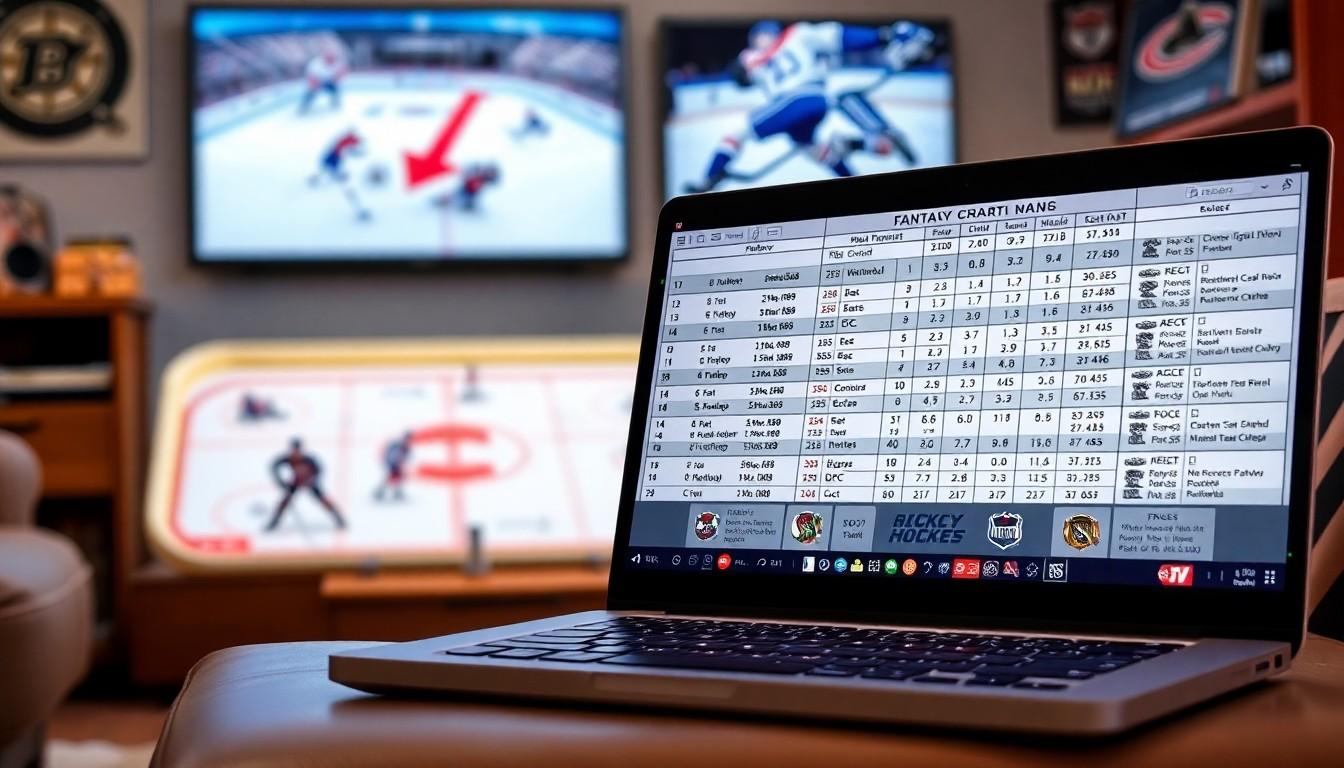”
Key Takeaways
-
- Affordability: Park homes are typically 20% to 50% cheaper than traditional homes, making them an attractive option for buyers looking for budget-friendly housing solutions.
-
- Community Living: These homes foster a close-knit community atmosphere, promoting social interaction and shared recreational facilities that enhance residents’ quality of life.
-
- Varied Types: Park homes come in single-section and double-section formats, catering to different lifestyle needs—whether individuals, small families, or larger ones.
-
- Ownership Considerations: Potential buyers must assess leasehold versus freehold ownership to understand long-term costs, responsibilities, and land use implications.
-
- Maintenance Needs: Regular upkeep, including exterior and interior maintenance as well as seasonal preparations, is essential for preserving the home’s value and ensuring comfort.
-
- Location and Amenities: Proximity to essential services and available community amenities play a crucial role in the overall living experience in park homes.
Overview of Park Homes
Park homes, often referred to as manufactured homes, provide a unique living experience distinct from traditional houses. These homes typically feature single or double units located within specially designated parks. Park homes cater to those seeking alternative housing options that emphasize affordability and simplicity. In size, park homes usually range from 30 to 60 feet long, accommodating various layouts that include one to three bedrooms. This versatility suits diverse lifestyles, including retirees, families, and individuals looking for second homes. The construction of park homes adheres to specific regulations, ensuring durability and safety. Many models boast energy-efficient designs, promoting lower utility costs. Additionally, park homes often include modern amenities, such as open-plan living spaces, contemporary kitchens, and spacious bathrooms. Living in a park home offers numerous benefits. Residents enjoy close-knit communities, often enhanced by shared recreational facilities such as clubhouses and gardens. Natural surroundings contribute to a peaceful atmosphere, allowing residents to engage in outdoor activities like walking, fishing, and gardening. Potential buyers should consider various factors before making a decision. These include park rules and regulations, site fees, and the proximity of local amenities. Understanding maintenance requirements and resale values is crucial for long-term satisfaction as well.Benefits of Living in a Park Home
Living in a park home offers numerous advantages, particularly in terms of cost-effectiveness and community engagement. Below are key benefits that highlight why this lifestyle appeals to many.Affordability
Affordability stands out as a primary benefit of living in a park home. Park homes generally cost 20% to 50% less than traditional houses, making homeownership more accessible. Monthly expenses, including site fees, insurance, and utilities, tend to be lower due to the smaller size of these homes. For example, many park homes feature energy-efficient designs, resulting in reduced utility bills. Lower maintenance costs further enhance financial savings. Choosing a park home allows individuals and families to maintain their quality of life while adhering to a budget.Community Living
Community living is another significant benefit associated with park homes. These homes often exist within well-defined communities that foster social interaction among residents. Shared recreational facilities such as parks, clubhouses, and pools encourage friendships and group activities. Many communities offer organized social events, enhancing residents’ overall quality of life. For those seeking companionship or support, the close-knit nature of these environments can be particularly appealing. Living in a park home promotes an enhanced sense of belonging while providing opportunities for engagement and collaboration.Types of Park Homes
Park homes come in various configurations, each catering to different needs and preferences. The two primary types are single-section homes and double-section homes.Single-Section Homes
Single-section homes, often known as single wide homes, measure between 30 and 40 feet long. These homes typically offer one to two bedrooms and are designed for efficient use of space. The layout often features an open floor plan that maximizes living areas while minimizing wasted space. Single-section homes are suitable for individuals or smaller families who value simplicity and affordability. They are often easier to transport and set up, making them a practical choice for those new to park home living.Double-Section Homes
Double-section homes, commonly referred to as double wide homes, usually range from 40 to 60 feet long. These homes provide two to three bedrooms and offer a more spacious living environment. Their design often includes multiple entrances and separate living and dining areas, enhancing functionality and comfort. Double-section homes cater to larger families or those seeking additional space for hobbies and activities. Their increased dimensions also allow for better insulation and energy efficiency, contributing to lower utility costs in the long run.Considerations Before Buying a Park Home
Purchasing a park home involves several important factors that potential buyers should evaluate. These considerations encompass ownership type, location, and available amenities.Leasehold vs. Freehold
Understanding ownership structures is crucial for park home buyers. Leasehold agreements involve renting the land on which the park home sits, typically for a fixed term, subject to renewal. Leaseholders pay site fees, which can vary significantly based on the park’s location and amenities. Freehold ownership, while less common for park homes, offers full ownership of both the home and the land. Freehold properties eliminate ongoing site fees and provide greater autonomy. Buyers should assess the long-term implications of each option, considering potential costs and responsibilities associated with leasehold arrangements versus the benefits of outright ownership.Location and Amenities
Location plays a pivotal role in park home purchasing decisions. Buyers must consider proximity to essential services such as grocery stores, healthcare facilities, and recreational opportunities. Parks situated in scenic areas can enhance the living experience, offering access to outdoor activities like hiking, fishing, and biking. Furthermore, assessing the amenities within the park is essential. Many parks provide communal facilities such as clubhouses, swimming pools, and organized social events, fostering a sense of community among residents. Researching local attractions and transportation options provides valuable insight into the overall suitability of a park home for one’s lifestyle.Maintenance and Upkeep
Maintenance and upkeep of park homes require regular attention to ensure longevity and comfort. Homeowners should establish a routine to manage different aspects effectively.Exterior Maintenance
-
- Roof Inspection: Inspect roofs for damage regularly, especially after storms. Look for missing shingles or leaks.
-
- Siding Care: Clean siding at least once a year to remove dirt and mildew. Use a gentle pressure washer if necessary.
-
- Gutter Cleaning: Clear gutters biannually to prevent water damage and ensure proper drainage.
Interior Maintenance
-
- HVAC System: Schedule HVAC system maintenance annually. Change filters every three months to maintain air quality and efficiency.
-
- Plumbing Checks: Inspect plumbing fixtures for leaks. Address any issues promptly to avoid water damage.
-
- Electrical Safety: Test smoke detectors monthly and check all electrical outlets annually for wear and tear.
Seasonal Upkeep
-
- Winterization: Winterize the home by insulating pipes and checking the heating system. Ensure all windows and doors seal properly to prevent drafts.
-
- Spring Cleaning: Perform a thorough cleaning each spring. This includes deep cleaning carpets, checking appliances, and decluttering living spaces.
-
- Landscaping: Maintain the yard seasonally. Trim plants, cut grass, and clear debris to enhance curb appeal.
Community Considerations
-
- Shared Spaces: Pay attention to communal amenities. Participate in shared maintenance efforts to keep parks clean and welcoming.
-
- Rule Adherence: Follow park regulations regarding maintenance tasks. Adherence fosters a harmonious community environment.

